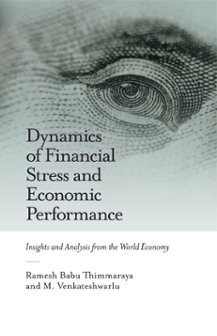India
, 52
during the economic boom period
, 152
financial and economic system interaction in
, 116
financial market stress
, 52
banking stress
, 54
bond market stress
, 54
forex market stress
, 52
stock market stress
, 52–54
financial market stress components
, 54
Financial Stress Analytics
, 55
Financial Stress Index (FSI)
, 54–55
financial system credit analysis in
, 83–84
HHD during the post-financial crisis
, 157
household demand
, 148
land acquisition for economic developments
, 158
linear causal patterns in
, 115–116
multivariate analysis in
, 117
multivariate patterns in
, 116–117
number of causal relationships in
, 115
social spending
, 162
stock market
, 52, 54, 84
structural changes required for banks in
, 140–141
unemployment problem
, 158
Inflation growth
, 28, 30, 144, 145, 147, 148
International Monetary Fund (IMF)
, 17, 25, 27, 29
Italy
, 55
bond market leverage
, 141
causal patterns in
, 117
during the postfinancial crisis of
, 2008, 159
financial and economic system interaction in
, 119
financial market stress
, 55
banking stress
, 57
bond market stress
, 57
components
, 57
forex market stress
, 55
stock market stress
, 55–57
Financial Stress Analytics
, 58
Financial Stress Index (FSI)
, 57–58
financial system credit analysis in
, 84–85
multivariate analysis in
, 119
multivariate patterns in
, 117–119
number of causal relationships in
, 118
